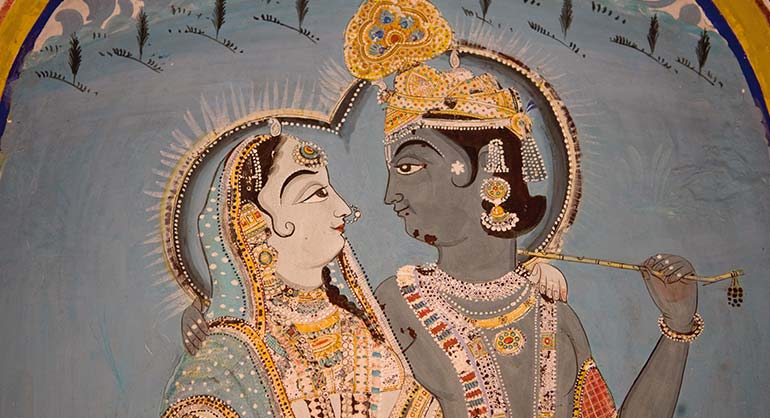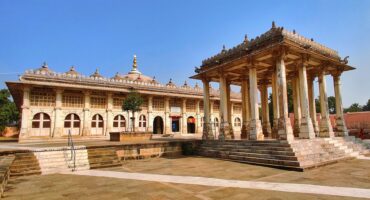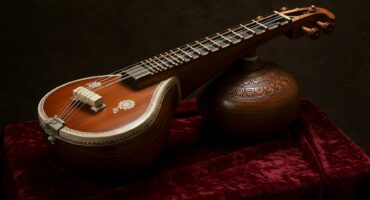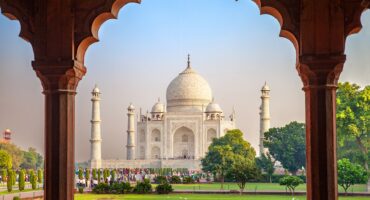Indian Art is as Old as Civilisation Itself
Indian Art is as Old as Civilisation Itself

After independence as with all cultural and artistic currents that are formed around a political event, Indian art too was marked by a heavy dose of political and social consciousness. This heralded the birth of Indian contemporary art and led to the founding of a new art school in Bombay, called the -Progressive Artists Group. Founded by Francis Newton Souza, the group encouraged two types of art: at one end, artists painted bold and furious scenes of the recent political and social changes, while the Bombay art school encouraged painters to return to Indian traditions and motives, creating magical and fantastic pieces of art. Out of this came some of the biggest names in contemporary Indian art; Francis Newton Souza, Maqbool Fida Husain, Gulam Muhammed Sheikh or Sundaram, to name just a few.
The Venice Biennale, one of the world’s most prestigious art exhibitions, showcased Indian art in its last show through a dedicated exhibition called “iCon: Indian Contemporary, even as large auction houses like Sotheby’s and Christie’s vie to develop a, bigger client base and tap the country’s vast potential.
Indeed, over the past two to three years, both the volumes and prices of Indian art on world markets have soared dramatically. Works of senior artists like Francis Newton Souza, Husain, Syed Haider Raza, Tyeb Mehta, Akbar Padamsee, Ram Kumar, and Vasudeo Gaitonde have reached impressive levels even as younger artists like Subodh Gupta, Jagdish Swaminathan, Bhupen Khakar and Arpita Singh catch up in prices and recognition.
It seems that Indian art has finally found its rightful place in the world.
Indians have always had a passion for the beautiful: the textiles, sculpture, temple architecture, music, dance and even food speak for themselves. Art has always been defined by a specific historic period as well as the regional and religious pre-sets that influence it.
Ancient Indian art in the form of sculptures and murals was always almost religious in theme. Depiction of Gods, Goddesses and celestial beings was essential in Temple Art form. Ajanta and Ellora caves have the most stunning murals signifying this era with their depiction of Jain, Buddhist and Hindu themes.
The coming of the Muslim invaders in particular brought new influences like repetitive geometric and floral motifs, spatial dimensions and narratives. Miniature art too was introduced during this time leading to the emergence of major schools like the Pahari, Kangra, Kishangarh and other Rajasthan schools. Religious parables, folk tales, mythology, eroticism as well as the lives of common men and women all started to find expression in this new form.
The British Era brought a completely fresh perspective into art and art forms. Constantly amazed by India’s diversity, exotic flora and fauna and the country’s outstanding ancient monuments and wanting to capture these marvellous images to send them home to their families, many of the Europeans posted in India hired Indian artists to paint these wonderful settings for them. These ‘postcards from Indian’ used a combination of European motives, ideas and painting styles, which were not just a success in Europe but made way for a new Indo-European style.
The world thus opened up with many Indian artists coming into contact with major European art works and trends. Simultaneously the east opened up too as oriental art forms from China and Japan gained expediency all coming together to give shape to what is today called Indian Art.










